As survivalists, we tend to think about hypothermia much more than we think of hyperthermia…
In case you’re confused by those terms (like most of us are), just remember that a hyperactive child is one that is “too active.” So, hyperthermia is too much heat. In reality, that’s just as dangerous as hypothermia (too little heat), more commonly referred to as “exposure” or just “freezing to death.”
Unlike hypothermia, hyperthermia is broken down into several different categories of maladies. I don’t want to get into the details of identifying the difference between them here, because that’s not the purpose of this article. Suffice it to say that the most important symptom of hyperthermia, like hypothermia is the loss of cognitive ability. You just can’t think straight when your body’s temperature isn’t within a very narrow window.
GREEN ENERGY – Click here to find out how you can build your own energy generator.
Worse than that, excessive body heat, like too little body heat, is a killer. It is generally accepted wisdom that brain damage begins at 105°F (40°C). But that’s not all it can do. Once the core body temperature reaches that point, it can cause permanent damage to the cardiovascular system and to organs, leading to death, either during the heat stroke or afterwards.
I am intimately familiar with the problems that hyperthermia can cause, because of living with a family member that suffers from it for years. Not only do they suffer from hyperthermia, but to make matters worse, we live in a hot climate. So I’ve had to keep a close eye on this family member, trying to prevent them from suffering from heat exhaustion or heat stroke.
But why is this family member so susceptible to heat? I think it’s important that we understand.
- Genetics – Some people’s bodies are naturally more susceptible to heat than others. In this case, the family member in question hardly ever perspires. That’s critical, as perspiration is an important part of our body’s natural cooling. In this case, the problem is genetic, as the individual’s father has the same issue. But in the case of the father, he lives in a cooler climate.
- Conditioning – Where you grow up makes a difference. The human body is capable of adapting to a wide range of environmental conditions. That was proven without a doubt by Admiral Byrd’s expedition to the South Pole. But it is easier for the body to adapt if the individual grows up in that climate. Of my children, the youngest, who grew up almost her whole life in a hot climate, is much better able to withstand the hot temperatures of summer. My problem family member grew up in a cool climate.
- Personal care – In the case of this family member, there was a constant problem with dehydration. They didn’t like to drink a lot of water, so that they wouldn’t have to go to the bathroom often. But that ended up meaning that they didn’t drink enough water. When they drank enough, they were less susceptible to dehydration and heat stroke; when they didn’t they were more susceptible. My biggest problem with them, was to make sure they drank enough.
Drinking enough water, keeping ourselves hydrated and keeping ourselves from becoming overheated all have important survival implications, not just in a survival situation, but in our everyday life. It can get hot anywhere; putting us in jeapordy.
Remember, it doesn’t have to get above 98.6°F to cause you problems. Your body can become overheated either through ambient temperature that is hot enough that it is adding heat to your body or ambient temperature that is preventing your body from shedding excess heat. On top of that, any infection or disease (all bacterial and viral diseases are by definition infections) can cause your body temperature to rise, creating conditions which could lead to hyperthermia.
Keep Hydrated
I’ve already mentioned this as one of the root causes for my family member who can’t handle the heat. But they aren’t the only one who has this problem. I’ve run across a lot of people, at one time or another, who don’t drink enough to keep themselves properly hydrated.
Most often, this problem seems to occur with people who don’t drink the right things. Drinking beer or soft drinks isn’t the same as drinking water. Beer has a lot of salt, so it will dehydrate you. Soft drinks don’t have a lot of salt; but they do have a lot of sugar. Guess what? That will dehydrate you too.
Most health professionals will tell you that you need eight, eight-ounce glasses of water per day. But that’s assuming that you are indoors, doing moderate activity, in decent weather. That number can change drastically if you are doing physical activity, especially if you are doing physical activity in the heat. For comparison, a slow runner (jogger) can sweat out one pound of water (that’s 16 liquid oz.) per hour, while a fast runner (sprinter) might lose about four pounds per hour (about a half gallon).
Gauge your water need appropriately to your activity and the temperature outside. Always make sure you are drinking enough, so that your body has enough water to fight the heat. The general rule of thumb is that if your pee isn’t clear, you’re not drinking enough.
There are a couple of other ways of checking if you are getting dehydrated. One is to pull up the skin on the back of your hand. Then release it, checking how fast it returns flat. The other is to push on a fingernail, with the end of another, as if you were trying to push it down into your finger. Then release it and see how fast the color returns to normal. For both of these tests you have to have a baseline of comparison, as not everyone’s body will return to normal at the same speed. People with loose skin are likely to take longer than people whose skin is drawn taut by the flesh underneath.
Evaporation for Cooling
The number one means that your body has for casting off unnecessary heat is through perspiration. As that perspiration evaporates, it has to absorb a large amount of heat, most of which it gets from your body, cooling you. This is one of the many major uses of water in our bodies.
With that in mind, the idea of wearing clothing that wicks perspiration away from your body may not be all that good. The water still needs to absorb heat from somewhere, but without physical contact with your body, there is just as much reason for the sweat to absorb the water out of the air, as there is for it to absorb it from your body. So you don’t get as much cooling from your own perspiration.
Traditional Arab robes are designed with this in mind. While it may not seem logical to wear long, heavy, flowing robes, made of multiple layers of fabric in the heat, those robes hold onto the perspiration from the wearer, keeping it close to their bodies, where it cools them. At the same time, those robes protect the skin from too much sunlight, helping to prevent sunburn, skin cancer and heat generated by the sun beating on the individual’s skin.
But evaporation can be used for more than this. As an emergency cooler, a wet cloth can be draped across a window or doorway, so that the breeze blowing through the window might cause the water in the cloth to evaporate, cooling it. Once cooled, the cloth cools the air passing through in turn. This works best with an open-weave fabric, like burlap, so that air can pass through it easily.
This is the basic principle that evaporative coolers operate under. You can use evaporative coolers anyplace where the air is fairly dry. Obviously electric ones work better; but if you keep wetting your cloth in the window, it will definitely make a difference.
Moving Air
Before air conditioning was invented, all that most Americans had to keep them cool were fans. We still use them today, but we use them in conjunction with our air conditioning systems. Well, if we’re already doing that, why not make it even better? The more air movement you can have in your home, the better you can do in keeping yourself cool, even with your air conditioning system set to a higher temperature.
If you look at many old homes (pre 1900), especially homes built in the Middle East, you’ll notice that they have a lot of windows arranged to catch the prevailing breeze. That’s to help with cooling. The same homes might not have any windows on the south side, so as to block off the possibility of sunlight shining into the home. That way, the sunlight can’t convert to heat inside the home.
Use Shade to Your Advantage
Another ancient method for keeping cool is to use shade to your advantage. Sunlight beating down on your body coverts to heat; so keeping the sunlight off your body helps to keep you cooler. The fully natural means of doing this is to find a shade tree and staying under it.
Of course, while staying in the shade of the nearest tree may not be a great way to keep cool, it may not be a great way of getting things done. That’s why the parasol (in Spanish “para” = “for” and “sol” = “sun) was originally invented. Really nothing more than an umbrella, it succeeds in blocking the sun, providing you with portable shade, generally only used by the wealthy. The Mexican sombrero (Spanish “thing for the sun”) is the same idea of providing portable shade.
Today, we find a number of types of work and other activities where a parasol or “sun umbrella” is used. More than anything, it is used by workers who must be outdoors all day, such as construction workers driving heavy equipment. It’s also used by sewer and line workers, placing it over manhole covers, so that they are not in direct sunlight when they come up. Even farmers mount them to their tractors, although many tractors today have full cabs with air conditioning.
Tents provide shade as well; even canopies, which are just a roof. They help keep you cool on the beach, while having a picnic or while working on the car.
Adding shade to your home will help keep your home cooler. Back when I lived in a motorhome, I had built a custom tent canopy, which I could rig over the roof of my RV. Rather than having poles that went all the way to the ground, I made brackets which attached to the edge of my roof. The canopy’s framework attached to these brackets and extended farther to the sides, with the tent fabric (I used ripstop nylon) attached to it.
Trees can provide shade to a home, especially if they are planted on the south and west sides. Obviously, you’re better off with large trees, which have been there for years, growing higher than the roof of the house. If you don’t already have them, plant them now; at least they can get started.
You can accomplish something similar with other plants as well. Bugambilia, a fast-growing flowering plant is often used as a tall hedge by fences, but it can also be planted alongside the wall of your home, covering the wall and shading it from direct sunlight. Being in the shade, the wall won’t heat up as much in the day, bringing that heat into the home.
This is actually easier than the classic way of keeping the sun off of buildings, planting vines. While beautiful, clinging vines, like ivy, tend to dig into the mortar used to hold the brick together, eventually eating it away. When that happens, the ivy has to be removed and the mortar replaced, a difficult and costly task.
An easier way to use vines is to make a trellis that stands out from the home six inches or more. I did one once, using nothing more than fishing line and cup hooks. I ran fishing line every few inches, from a board embedded in the ground, to the cup hooks, which were attached to the fascia board attached to the eaves of my home. There were two sets of these lines, crossing at an angle, forming a diamond pattern. Then I planted vines all along the embedded board, allowing them to climb the trellis and provide shade to the southern wall of my home.
Go Underground
Taking shade to the next step, you can always choose to go underground. If you’ve ever been in a cave, chances are that it is considerably cooler than it is on the surface. Generally speaking, unless you are in an area of underground hot springs, the temperature more than a few feet underground is a comfortable 55°F.
Do you have a cave on your property? How about a bunker? That’s ideal. Maybe you can use those to help you survive the summer heat, instead of just surviving a TEOTWAWKI event. Find a way to do things down there, instead of in your hot house.
Ok, so maybe you don’t have a cave on your property. Do you have a root cellar? Guess what, that’s a cave. No go? How about a basement? That won’t work as well as a cave, because it is open to the surface; but it will still be better than being on the surface.
Light Colors Reflect More Sunlight
In conjunction with shade, it’s a good idea to use light colors whenever possible. My home is made of light-colored brick, which reflects more sunlight than darker colored brick. When the roof needed to be replaced, I specified light brown shingles. The only thing that is dark is the trim, to give some contrast and make the home more attractive.
Light-colored clothing reflects more sunlight than dark-colored clothing does as well. The Arab garb we were talking about a moment ago was traditionally white. That allowed it to reflect the most possible sunlight, helping to keep them cool.
By the way, traditional Arab buildings are all light colored, as well; for the same reason. Made of thick walls, something like adobe, they are either left natural colored (sand colored) or are painted white. This helps to keep them cooler, as little sunlight is absorbed.
Minimizing Your Air Conditioning Usage
Let me finish by trying to instill an idea in you. That is the idea of using air conditioning the least you possibly can. No, I’m not talking about shutting it off and trying to live without it. What I’m talking about is minimizing your dependence on it. There’s a difference. The idea is implementing the types of strategies I’m talking about here, so that you don’t need to use your air conditioning as much.
The first thing this will do for you is to reduce your energy costs, leaving you more money for other things. Whether you choose to use that money for prepping or other things is up to you. If you’re like most of us, you have a long list of things you need it for.
But there’s another reason for it as well. That is as part of your prepping. If you are less dependent on your air conditioning system to keep you comfortable, then if something happens to take down the power, you’ll be more comfortable than you would be, if you had never implemented any of these ideas. That could be the key to preventing someone in your family from having serious problems with the heat.


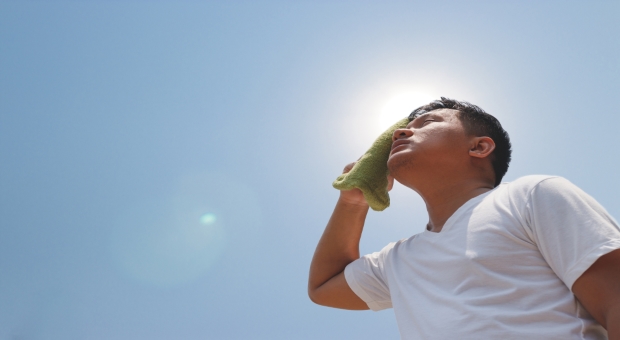
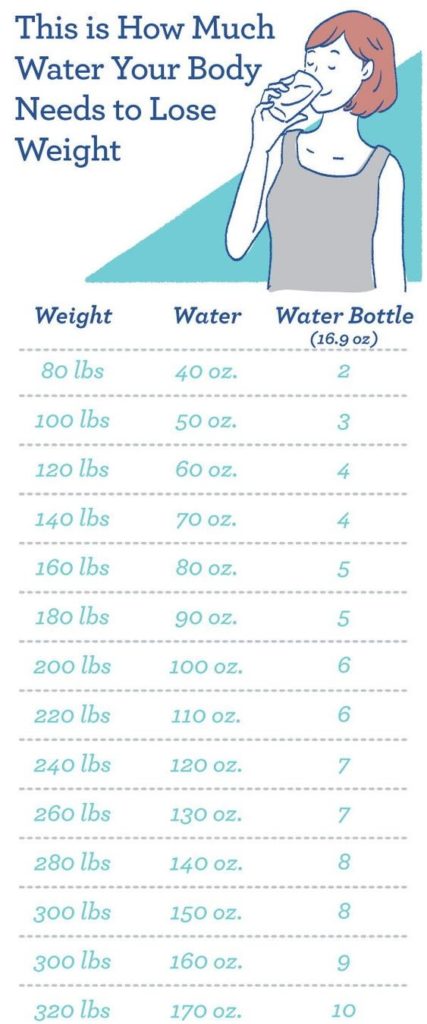
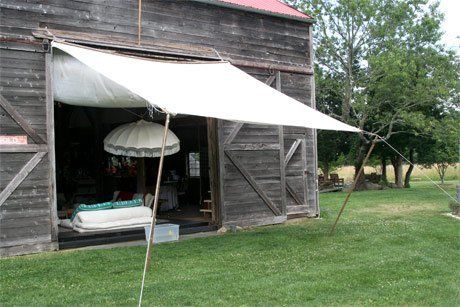
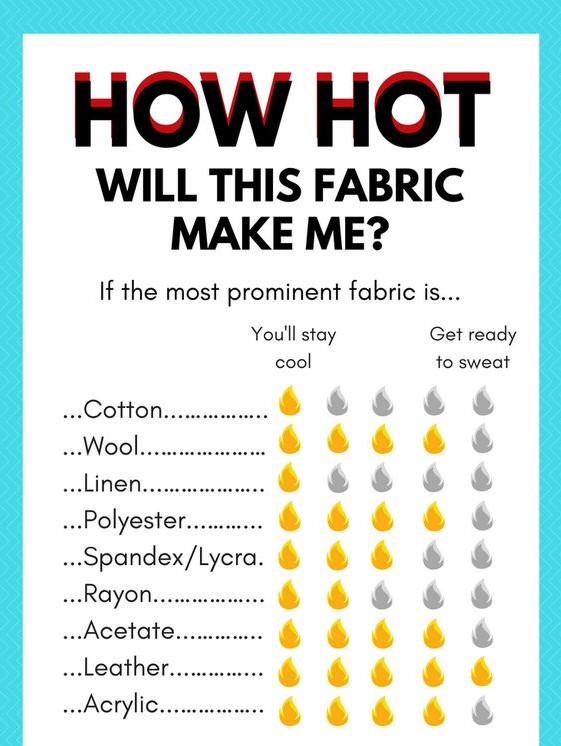
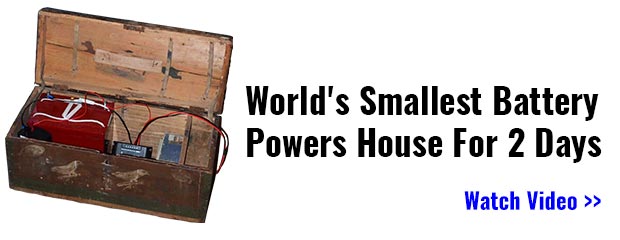
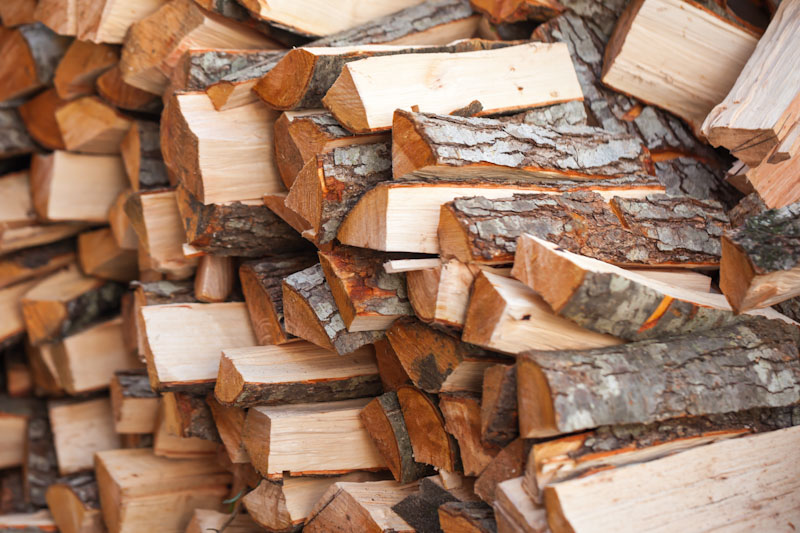
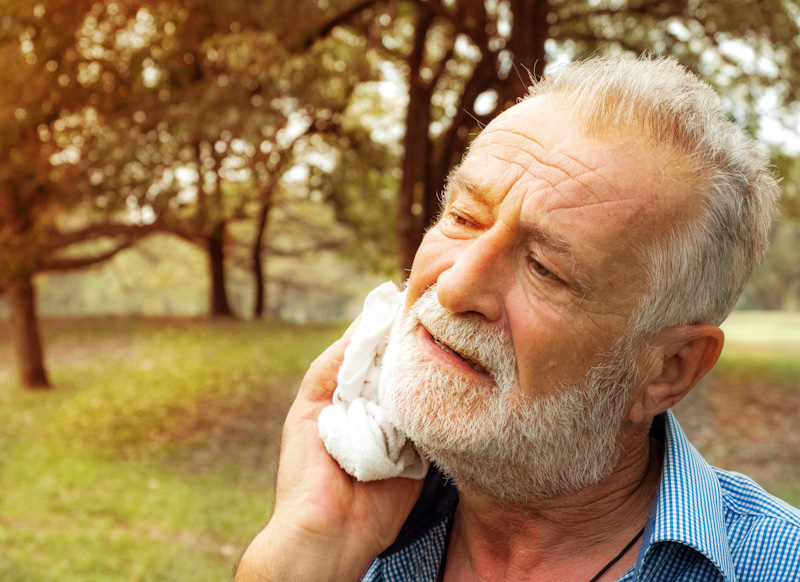
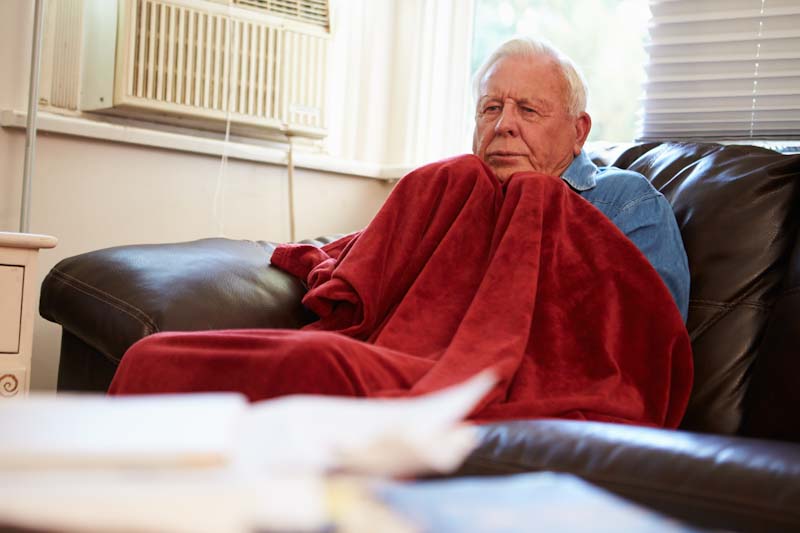
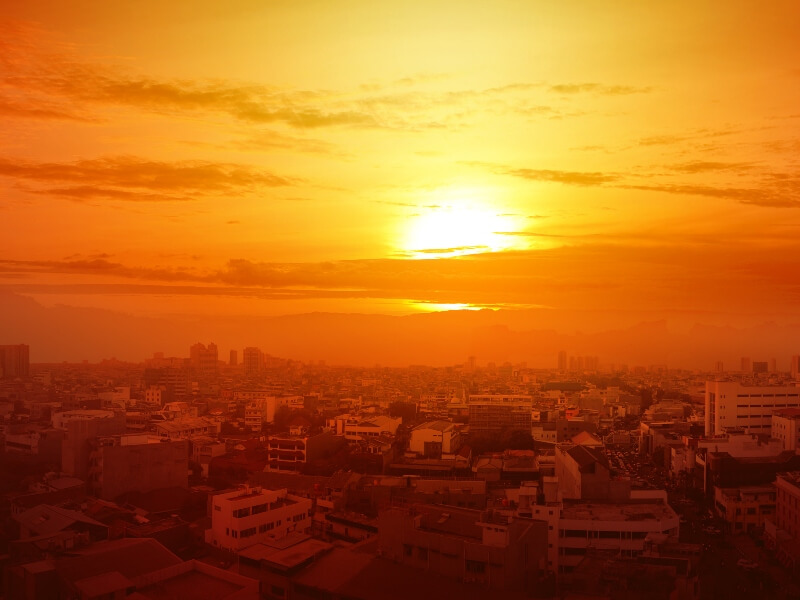


John | June 25, 2019
|
I have made beer in the not so distant past and I would like to add that there is no salt in beer. I have never added salt to the recipe, there is no salt in the recipe. By ancient German law, (which admittedly not all brewers follow), the only ingredients allowed are, water, barley malt, yeast and hops. Most beers and ales today are combinations of the recipe. We may also add, fruit or spices to the brew, but I have never heard of adding salt. Alcohol can be a diuretic in and of itself. Perhaps that is where the effect comes from. One must remember though that beer is at least 95 + % water.
Grammyprepper | June 26, 2019
|
I know some ppl can’t tolerate the heat. We only use our air conditioning when the humidity gets high. It’s partly about the money, but we tend to tolerate heat better than cold. I also tend to get headaches when I am in an air conditioned envronment (recirculated air, no ‘fresh air”, whateve)r I personally find it easier to cool down than warm up.
Gead | June 26, 2019
|
As a man living in Florida, right now with pretty darned hot days ahead of me, I can tell you that it is quite possible to live sans air conditioning. Simple rules: sweat is good. letting perspiration happen though without trapping it in your clothing to do its job is not. To survive heat one must wear the clothing our ancestors did – light long-sleeved shirts, pants not shorts, a hat. The points about water consumption above are spot on. No sugar. If you must have ‘sweet’, drink the local fruit juices. To keep sweating after you stop, eat spicey/hot foods. Move slower. Think about what you are working at outside and become efficient in your movements. Know when to stop and take a break. Seek or create shade to work in if at all possible. Seek or create air movement where you are if at all possible. Even simply slow walking rather than standing in one place is a cooler option. Keep your mouth shut. Literally. Try to not gasp or pant, breath through your nose to aid in water retention. Shade your neck especially when out in the sun.